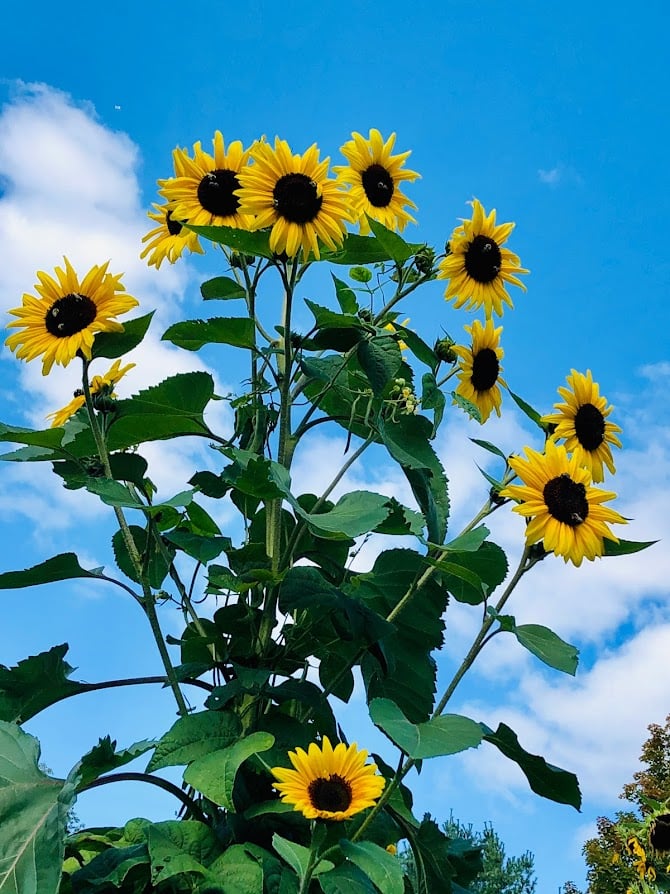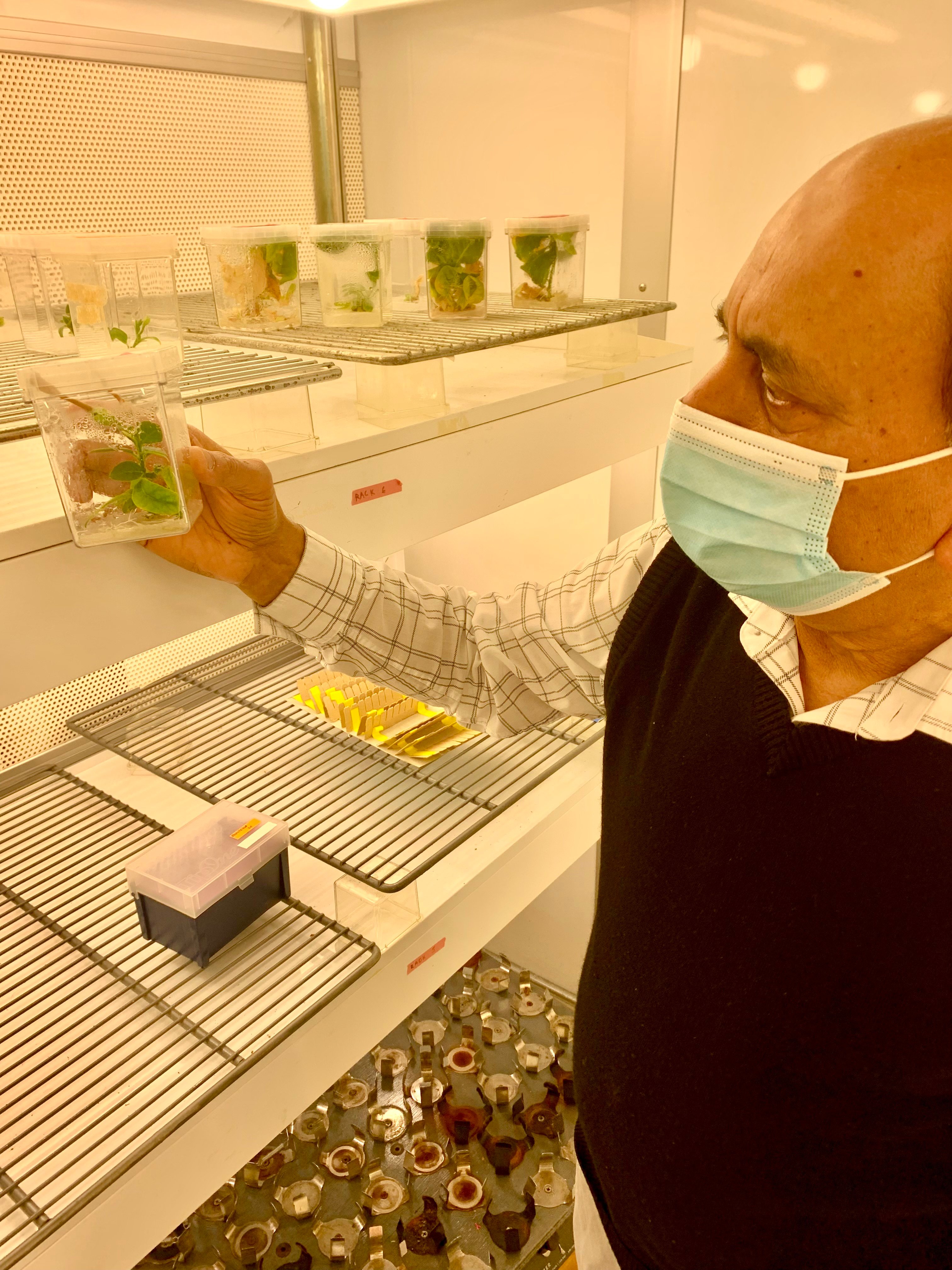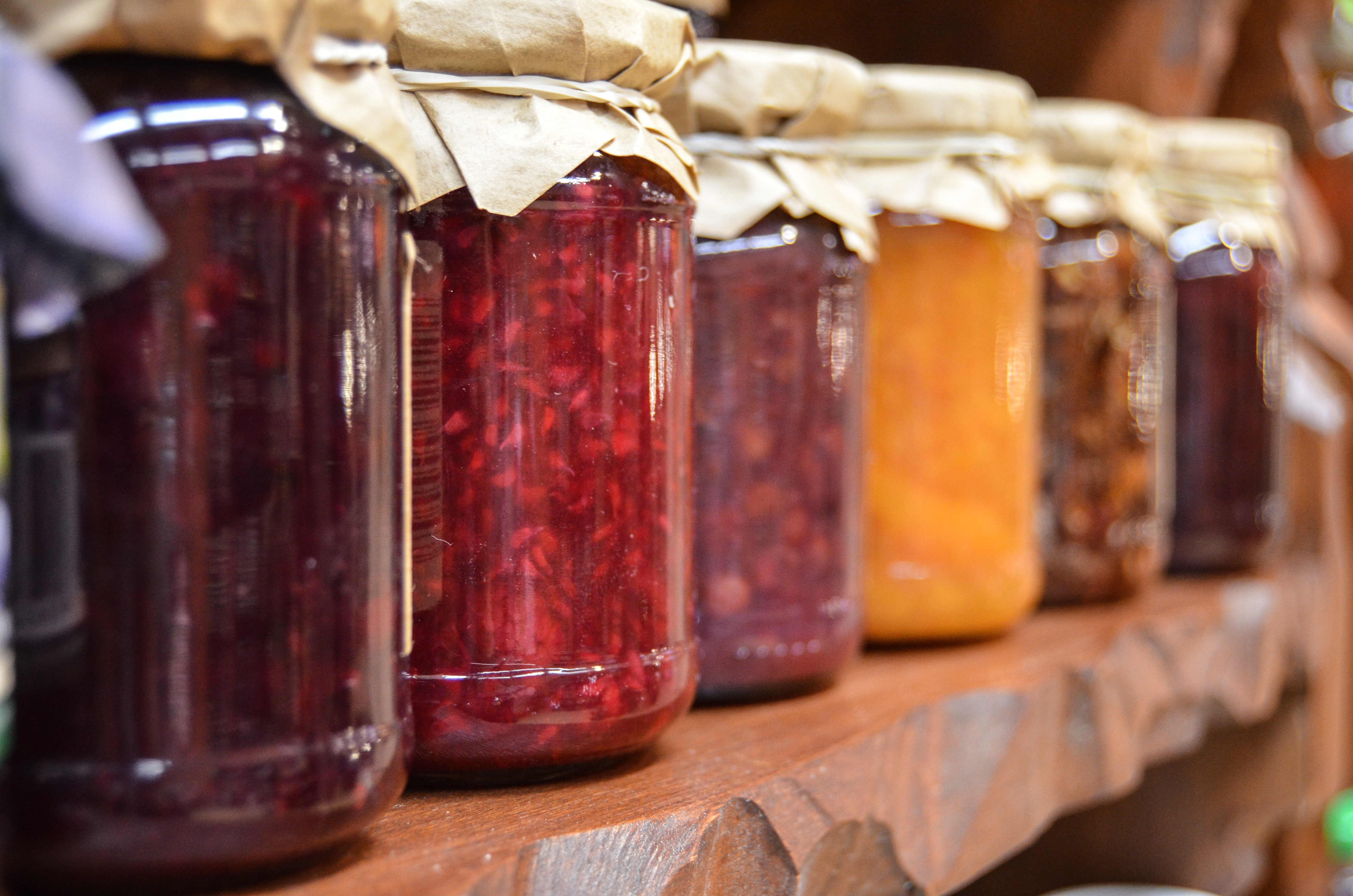 In 1991, the word “phytoremediation” was included in the Merriam-Webster dictionary after being introduced in scientific journals, from researchers in universities such as Rutgers University among other lab situations. Just to dial in on the way we were thinking about the world then, other words introduced that year included force quit; Arnold Palmer (the iced tea/lemonade drink); SIM card; vacay; and zoodle. A new decade brought the concept as research following the Chernobyl nuclear disaster was at the forefront of many countries working together putting the puzzle of the post-nuclear contamination together.
In 1991, the word “phytoremediation” was included in the Merriam-Webster dictionary after being introduced in scientific journals, from researchers in universities such as Rutgers University among other lab situations. Just to dial in on the way we were thinking about the world then, other words introduced that year included force quit; Arnold Palmer (the iced tea/lemonade drink); SIM card; vacay; and zoodle. A new decade brought the concept as research following the Chernobyl nuclear disaster was at the forefront of many countries working together putting the puzzle of the post-nuclear contamination together.
Using plants to help clean up soil follows successfully from that era, under the name “phytoremediation.” The Latin words for plant and remedy directly combine to result in this word, and from there, the various plants used most commonly in this process can be categorized by the ways they are storing, breaking down or converting pollutants.
The first process is specifically phytoextraction. Here, the sunflower is the star – with a specific term “hyperaccumulator” telling us it’s taking up the pollution in roots, stems and leaves. There are plants with a specialty of breaking down the toxins to non-toxic levels (phytometabolism), and others convert the chemicals to be released in the atmosphere as vapors. That final category of the plants’ process is called phytovolitization.
All in all, to understand phytoremediation is to consider the effect the pollution has on the landscape in the first place. Considered a blight on an urban area, the polluted plot can’t support a community garden nor is it a site for a playground or courtyard for a housing complex. Costs of crews operating heavy equipment to remove soils and the subsequent cost of taking that soil to a hazardous waste location is a tough burden for a property owner to bear. Considering the ecologically appealing process of using plants to help gather, contain, or convert the toxins, phytoremediation has a terrific street appeal.
While we are considering the multifaceted positive effects of using plants in the phytoremediation process, there are several aspects of this process that could be considered negative. To grow a succession of plants takes more time than a full-bore crew with heavy equipment. Patience remediating a property will result in a cost that is likely a quarter of the cost of those type of crews. Another potential negative talking point is that phytoremediation can only tackle the heavy minerals and contaminants to a depth of root growth. That distance could be as shallow as a foot to a depth of 12 to 15 feet depending on the plants used.
There are uses for plants in helping clean up contaminated soil, water and even air. We have grown accustomed to the idea of plants such as sansevieria cleaning up the air we breathe in our homes and offices, after research projects for space exploration helped bring those uses to practical application. Benzene, for example, is taken up by spider plants and rubber trees, both common in our indoor jungle aesthetic.
Phytoremediation is commonly discussed in urban planning projects and includes plants used for water cleanup, too. Willows and poplar trees, because of their root systems and quick growth habits, are found to be effective in helping mitigate or at lease slow down water pollution in some instances.
In this first of two articles on plants’ useful roles in phytoremediation, it is helpful to understand more about some specific plants and related research in this field. Mustard plants (Brassica juncea) have an elevated capability to absorb lead from soil. When harvested after being used in this way, it can’t be used as mulch or fertilizer, but when burned, the remaining ash is lead-rich and can then be disposed of as hazardous waste. Imagine that great advantage – the mustard was helpful against erosion, while accumulating lead from the contaminated soil, and then capturing it reducing the lead to ash, taking up much less space than removing and transporting lead-affected soils. Pennycress (Thlaspi) is another plant intensely researched as an effective hyperacculumlator of zinc and cadmium.
For gardeners, there is a connection to one highly favored plant, hydrangeas, with aluminum. We know these shrubs absorb aluminum sulfate and intentionally affect their color by applying it around the plant drip lines to be absorbed by the roots. While not practical to think a large area will be able to have aluminum contaminants removed by hydrangeas, think of the professional designs incorporating them with other plants using their phytoremediation abilities!
From thinking about plants in the context of helping clean up contaminated fields or city vacant lots, to thinking about the research conducted worldwide to help desalinization or pollution from oil spills or pesticide use, we can change the scope of our familiarity with this process to learn a little more about what goes on in corporate or university lab settings.
Locally, universities in Massachusetts and neighboring states are active in bringing worldwide attention to the process of phytoremediation through their biology, botany, horticulture, and landscape architecture departments as well as in urban planning and business management topics for economic development of previously unappealing land areas.

Dr. Subhash Minocha, Professor Emeritus University of New Hampshire, in his university lab, holds a tobacco plant. This plant grows exceptionally quickly, adding to its appeal in phytoremediation projects. Quick "pollution harvesting" means sites can be returned to uses beneficial to all inhabitants, including domestic animals, wildlife, and us.
At the University of New Hampshire, Durham, for instance, Dr. Subhash Minocha, Professor Emeritus, has been working several decades on phytoremediation, in fact, on “all things related to plants” since he believes “pollution is not a scientific word, but simply means what we don’t want to be there, in quantities we cannot tolerate.” Carbon dioxide is a prime example of this – too much is bad, while too little would mean there would be no plants. Dr. Minocha is happy to point out “dilution is the solution to pollution.” This is evident in the ways we are currently thinking of plants helping mitigate soil not only on the scale of a Chernobyl or more recently, Fukushima, disaster, but in ways research can help us mitigate soil or water pollution on a smaller, local scale such as a mildly polluted river or stream. With the idea that phytoremediation experts maintain, “Dilution is the solution to pollution,” we can appreciate how this research will lead to working on bacteria to break down plastics, albeit slowly, since, as Minocha points out, “. . .it’s a principal of life that everything made by living organisms is biodegradable by another organism.”
The crux of using some plants to clean soil, water or air, lies in understanding how plants can tell you if there’s metal or a toxin in the soil. Dr. Subhash Minocha’s graduate students come from India, Nepal, and Kazakhstan to research biomarkers and effective use of plants such as the poplars and willows, to plants with enhanced biomarkers (notably tomato plants and tobacco plants) to become tomorrow’s phytoremediation being developed today.
With plants being used like this to help reverse negative influences on the environment, we can be hopeful that as they work on the problem sites, they are also offering the calming appeal and mental health benefits we recognize now more than ever, in our society.
In the next issue of Leaflet, we’ll continue to share information about phytoremediation with a look at people, plants and projects in Massachusetts involved in this work. With sites you could visit, and a glimpse of research work on-going, Cris Blackstone’s article will offer more and will share resources you may want to check out on your own about this process.





